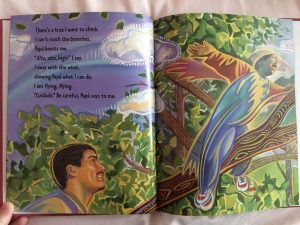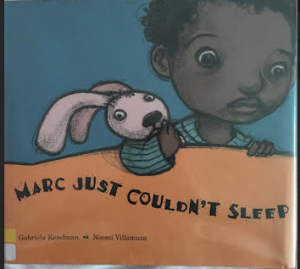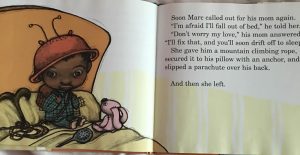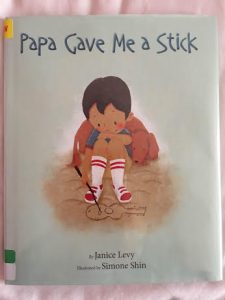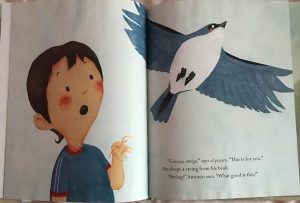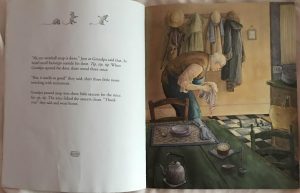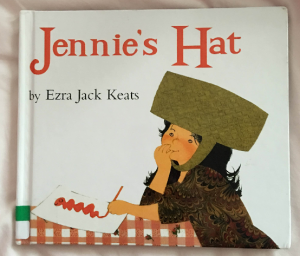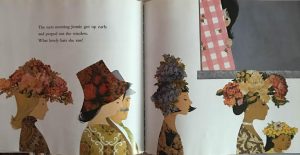Title: Papá and Me
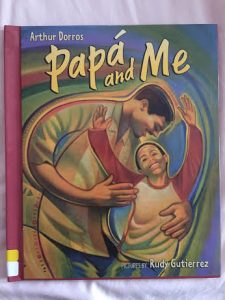
Author: Arthur Dorros
Illustrator/Photographer: Rudy Gutierrez
Publisher and Year: HarperCollins Publisher and 2008
Number of pages: 24 pgs
Tags: Olivia Simkins, Realistic Fiction, 2-3, Culture, Picture Book, 4-5, Family
Genre: Realistic Fiction
Analysis:
This book is about a little boy, his Papá, and their day that they spend together. They make pancakes, go to the park and visit the little boy’s grandparents. This text can serve as a window or a mirror for the audience. It may serve as a window because it could be a new culture that one may not be familiar with. This book has a lot of Spanish words and phrases that are explained in English as well so the reader, if not familiar with the Spanish language, can follow along. It also has a glossary at the end to help define the unknown terms and has pictures to explain to the audience what a Mariachi band is and what the instruments they use look like. It can also serve as a mirror for an audience of the Hispanic culture. The reader may read this and be able to relate because they speak Spanish or because they are close to their father as well. They may also relate in going to visit their grandparents with their family. I feel that culture is represented well in this book through its use of the Spanish language. It also does an excellent job with its use of colors. The illustrations help to show movement through the lines and vibrant colors. The use of reds, oranges, and yellows show happiness. This book also distorts pictures to have the boy appear to be higher than the father when he talks about being high up in a tree.
